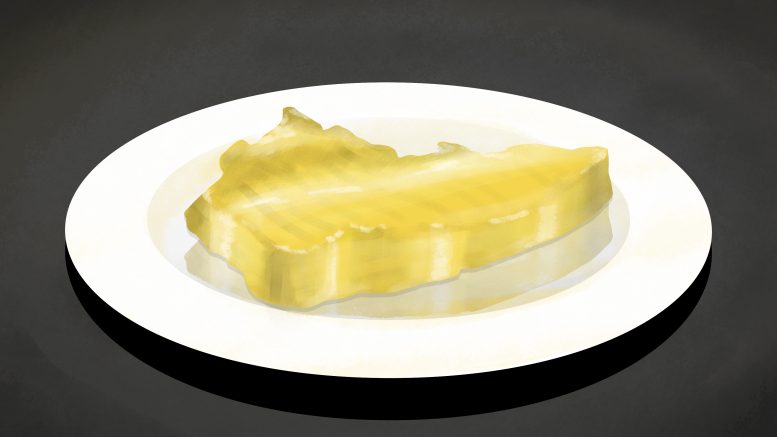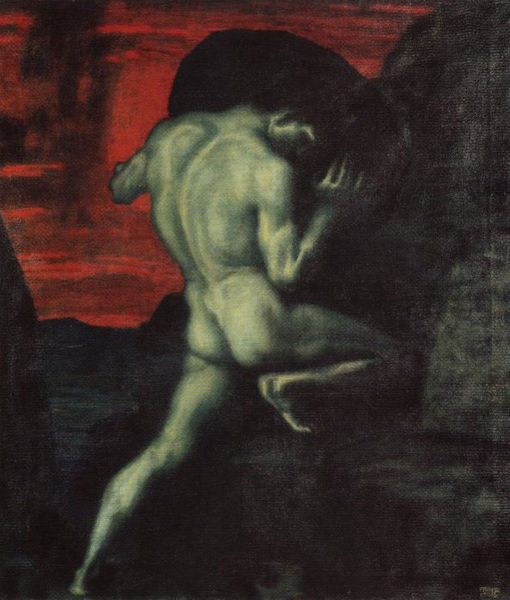I have a confession to make, my wonderful readers. I am not a hustler and I do not stack paper to the ceiling. I live a relatively modest lifestyle. The most luxurious joys in my life are my PlayStation 5 and freshly ground coffee. I’m not bragging or even complaining, I want to put in perspective what a luxury is to the average person.
For some additional context, as of Statistics Canada’s most recent data, which unfortunately stops at 2021, 10.1 per cent of Canadians experience unmet housing needs and 12.9 per cent experience food insecurity. If roughly 13 per cent of all Canadians cannot even afford food, then the fact that I can afford fresh coffee daily is a luxury in itself.
However, beyond other indulgences, like playing Baldur’s Gate 3 for absurd periods of time and having overpriced cups of joe, there is an ever-pricier world of luxury.
On New Year’s Eve, I was treated by a very generous host to a dinner at 529 Wellington. My meal, which Preview (opens in a new tab)consisted of a six-ounce beef tenderloin and two prosciutto-wrapped scallops, cost $82 before taxes and gratuity. Although the meal was fantastic and perfectly cooked, the price was, frankly, absurd.
If the average minimum wage worker in Manitoba desired such a decadent meal with the cost of tax included, they would have to work a minimum of six hours to afford it. Keep in mind that this is without any appetizers, desserts, drinks or additional guests. 529 Wellington’s exorbitant costs stop thousands of people in this fair city from enjoying a luxury meal there.
It is absurd that the typical person cannot reasonably enjoy such a fine pleasure without throwing away almost a day’s wage. Luxury should be used to improve the quality of life of the average person. While some struggle to make ends meet, others sit in the lap of luxury, eating steaks that would cost some people a day’s wage.
There are also uncomfortable social, gender and racial dynamics at play in an establishment such as 529 Wellington. While I am a Métis person, I can pass for white in a lot of situations. Passing for white, while occasionally isolating, socially speaking, is a privilege I am aware of.
However, when I say I felt racially isolated in 529 Wellington, I mean it. Not a single patron in 529 Wellington looked anything but white. From what I perceived, a majority of the patrons were white in appearance.
While my experience is personal to me, there is data to support what I felt. A compilation of data from the Canadian Centre for Policy Alternatives based on the 2016 Canadian census revealed distinct income differences amongst racial groups.
There is a distinct earnings gap amongst racialized peoples in Canada. Racialized men on average earn around $12,000 less than their non-racialized counterparts. This earnings gap, albeit smaller, exists even for those who have earned a bachelor’s degree with the gap hovering at $2,500.
There is also a real gender pay gap with racialized women. Racialized women on average earn roughly $11,000 less than racialized men and almost $5,000 less than non-racialized women.
Data from a more recent 2022 survey provides additional income information regarding specifically Indigenous Canadians. White earners on average make almost $10,000 more yearly than their Indigenous counterparts. Additionally, similar to racialized women, Indigenous women also on average earn close to $12,000 less than their male counterparts.
Like racialized women in general, Indigenous women are less likely to be able to afford luxury on the basis of their race and gender.
I cannot say for sure that every person in restaurant was white when I went to dinner on New Year’s Eve. What I can say is for certain is that these statistics indicate that racialized and Indigenous people would be less likely to be able to afford to eat at a location like 529 Wellington.
And then there is also the social aspect to consider. While there is no official dress code, I couldn’t help but notice every patron was either wearing a fine dress, suit, blouse or other classy attire. For those who are unaware of how to formally dress or cannot afford to, this can be daunting. As someone who enjoys men’s formal wear, if I wanted to afford a cheap suit to fit in during fine dining, I could expect to pay around $200.
Luxury, for many people, is inaccessible. This inaccessibility is correlated with where you rest on spectrums of racial identity, gender identity and, most obviously, income. Race, gender and income status shouldn’t bar someone from enjoying pleasures closed off to only the wealthy, or even the average earner.
I don’t care if a business like 529 Wellington’s profit margins shrink, I think more people should be able to enjoy their food. Let the people eat cake, I say.





